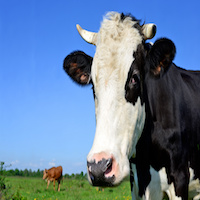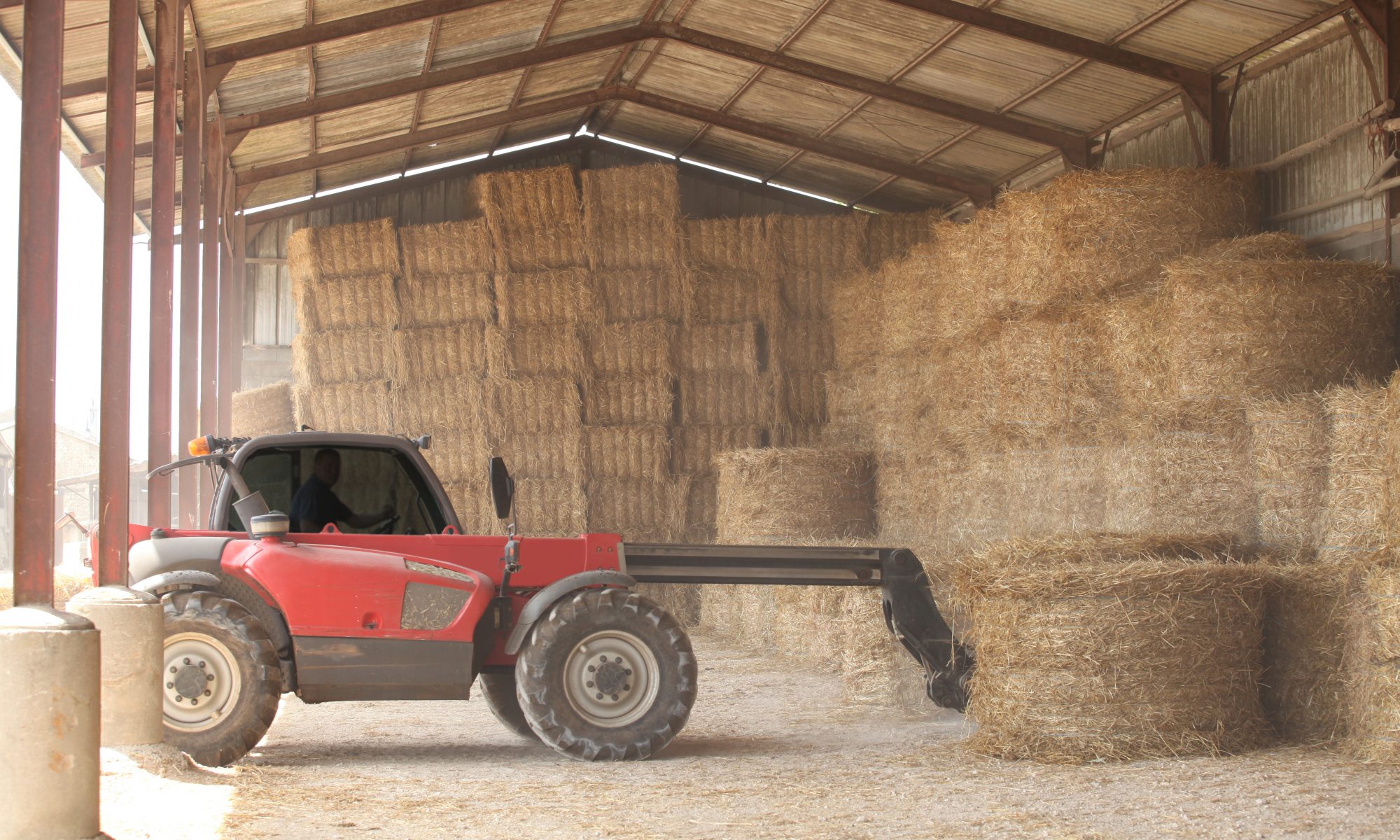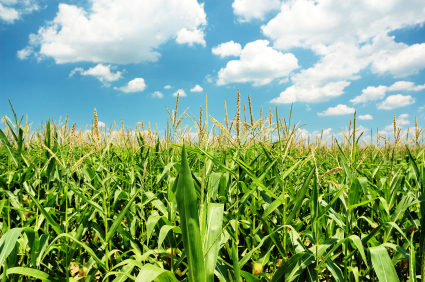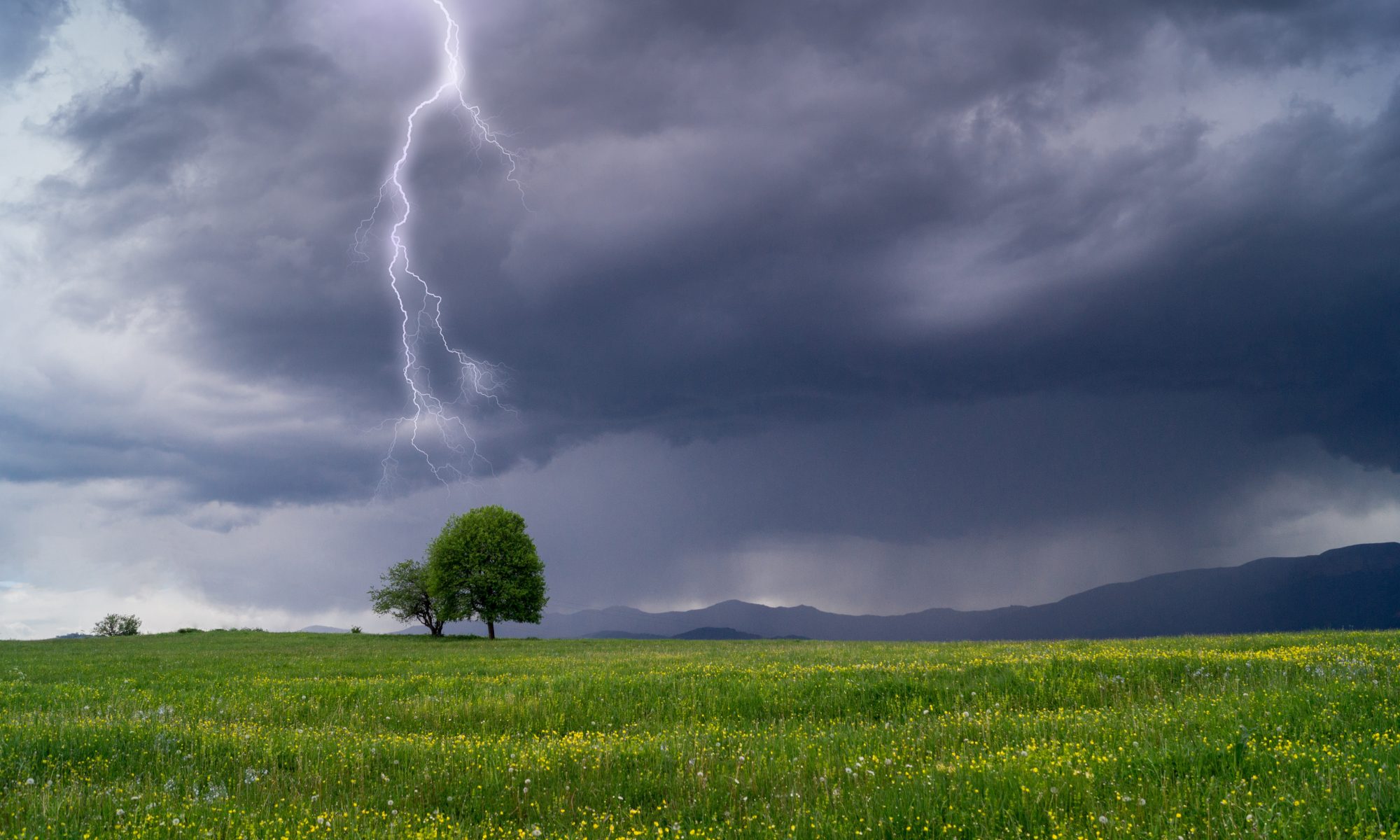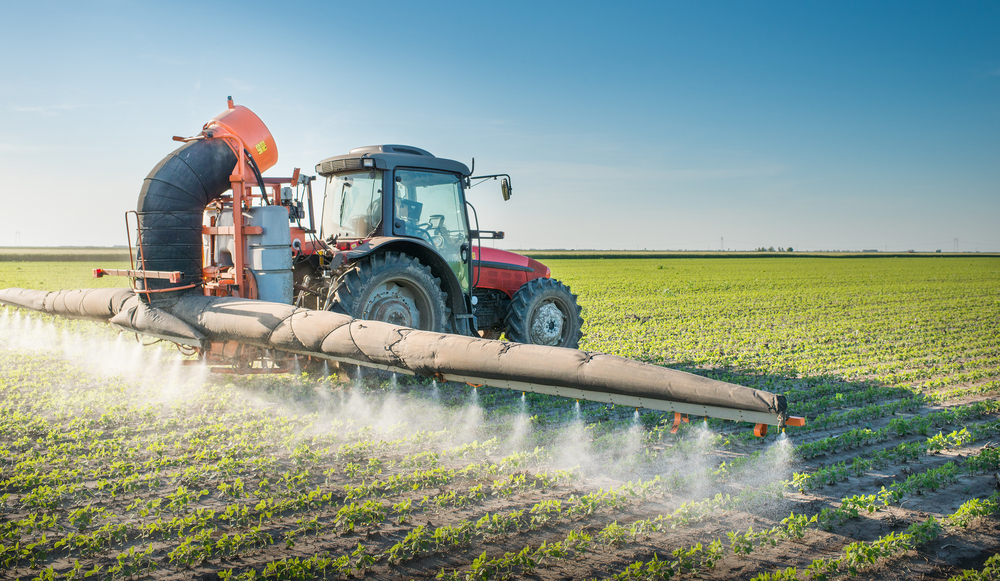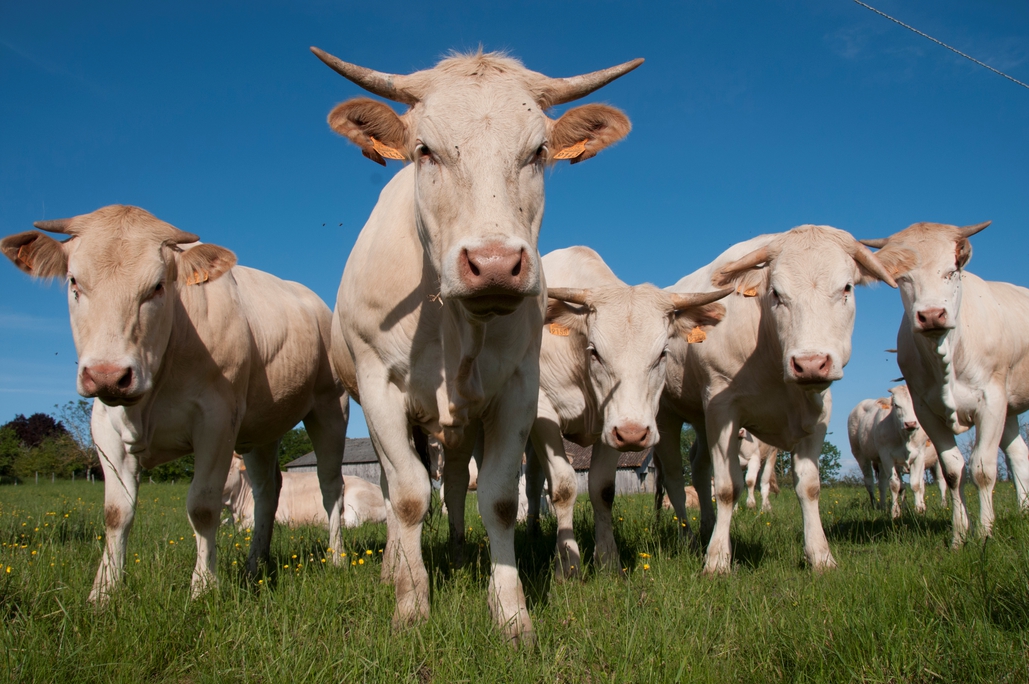Factors Influencing Global Grain Production
More than ever before, producers live in a global marketplace. South America came off a record soybean crop, which pressured U.S. prices, and Russia picked up the slack in planted wheat acres. Tracking global grain production and weather lets producers see factors that could affect future cash receipts. Here are several to monitor.
United States: Keep Eyes Peeled For Jet Stream Activity
The U.S. is in a period of limited grain market activity. “Anything that [affects] the grain markets during winter is anything that could inhibit the transportation of grains to other markets,” says Eric Snodgrass, professor of atmospheric science at the University of Illinois.
Domestic corn demand is set to increase in 2017/18, boosted by ethanol production and feed use, USDA says. Lower prices are expected to support more corn for feed and residual use. Exports are forecast to fall nearly 20% from 2016/17 due to competition from Brazil and Argentina.
The big thing U.S. farmers should be watching this winter is how much recharge the soil gets. “Over winter, unlike the last couple of winters, we’re starting to see more dominant factors that are really going to set up our jet stream,” Snodgrass says. “If we start to see decent pockets of cold air set up in the Bering Sea, that could signal the Corn Belt would have an average or cooler-than-average winter.”
South America: Follow the Effects of Dry Planting Conditions
Soybeans will be planted first in South America, but the issue as of late October was a planting delay. “They are a little behind last year, but remember last year was a record year,” Snodgrass explains. “Mato Grosso had some trouble along its northern and eastern region getting the rains they need to germinate the soybeans.” The eastern growing region in Brazil had a dry season, which will lower soybean yield potential, he adds.
Argentina is expected to increase corn and soybean area, according to USDA. Changes to soybean export taxes could help Argentinian farmers.
South America’s farmers are watching a weak La Niña pattern developing, Snodgrass says. “Big La Niñas tend to produce a lot of drought in almost all of the growing regions in South America,” he says. “Don’t forget that even if they take a bit of a hit to their yields, [South America] will still have one of their largest crops on record because they are planting more soybeans, roughly 6,000 new hectares of land every year.”
USDA expects Brazil and Argentina will boost exports for 2017/18, thus potentially decreasing the U.S. share of global corn trade.
European Union: Monitor How Wheat Acres Shift Global Trade
Exports from the EU, Russia and Ukraine are growing, adding competition to global wheat markets, USDA says. It’s now harder for U.S. wheat to export to countries in Africa and the Middle East. The EU has expanded its share of trade and, combined with Russia, has surpassed U.S. wheat export volume.
Australia: Track Path Of Old-Crop Supplies Amid Production Drop
Grain production in Australia is down substantially from a year ago, USDA says. Yet Australia has large stocks from the previous record crop, which is expected to be exported as the new crop enters the market. The country’s wheat production forecast fell 1 million tons to a level of 21.5 million tons on persistent dry conditions in most of eastern Australia, according to USDA’s World Agricultural Supply and Demand Estimates published in October. This could be Australia’s lowest wheat output since the 2008/09 crop year, according to Howard Tyllas, a commodity broker and member of the Chicago Board of Trade.
China: Chart Soybean Acreage Growth Yet Steady Import Demand
China is the world’s second-largest producer of corn, and it is increasing its soybean footprint. In 2017/18, China’s corn area declined and soybean area increased as farmers reacted to local prices, USDA says. But growing soybean production in China is not likely to affect imports because domestically produced soybeans are mainly used to produce soy-based foods such as tofu, while imported soybeans are crushed for animal feed.
“Their primary growing regions are north and west of Beijing,” Snodgrass explains. “I pay attention to their weather about the same time I watch the U.S. for trouble.” The latitude of Beijing is roughly the same as that of Illinois, so weather conditions at crucial times in the Corn Belt are also essential for Chinese producers. Although it was hot and dry in China this year, Snodgrass says, U.S. producers didn’t see a major move in grain prices because China tapped into a lot of old grain in storage.
The country remains the top global producer of pork and, according to USDA, holds over half of the world’s pork supply. Growing demand for soybean meal to feed hogs and other livestock continues to positivelyaffect the global soybean trade and creates opportunities for U.S. producers and exporters.
Russia: Watch How Prices Respond To Booming Wheat Supplies
The country produced a robust wheat crop in 2017/18, according to USDA. “They didn’t have any major heat or drought stress,” Snodgrass says. “Their wheat crop came in fantastic. Russia picked up the slack for the rest of the world” this year, and consequently, “markets never really made a recovery in terms of price.” Although it’s too soon to know what will happen during the next growing season, Snodgrass says, the development of drought in Russia would be something for the wheat market to watch.


